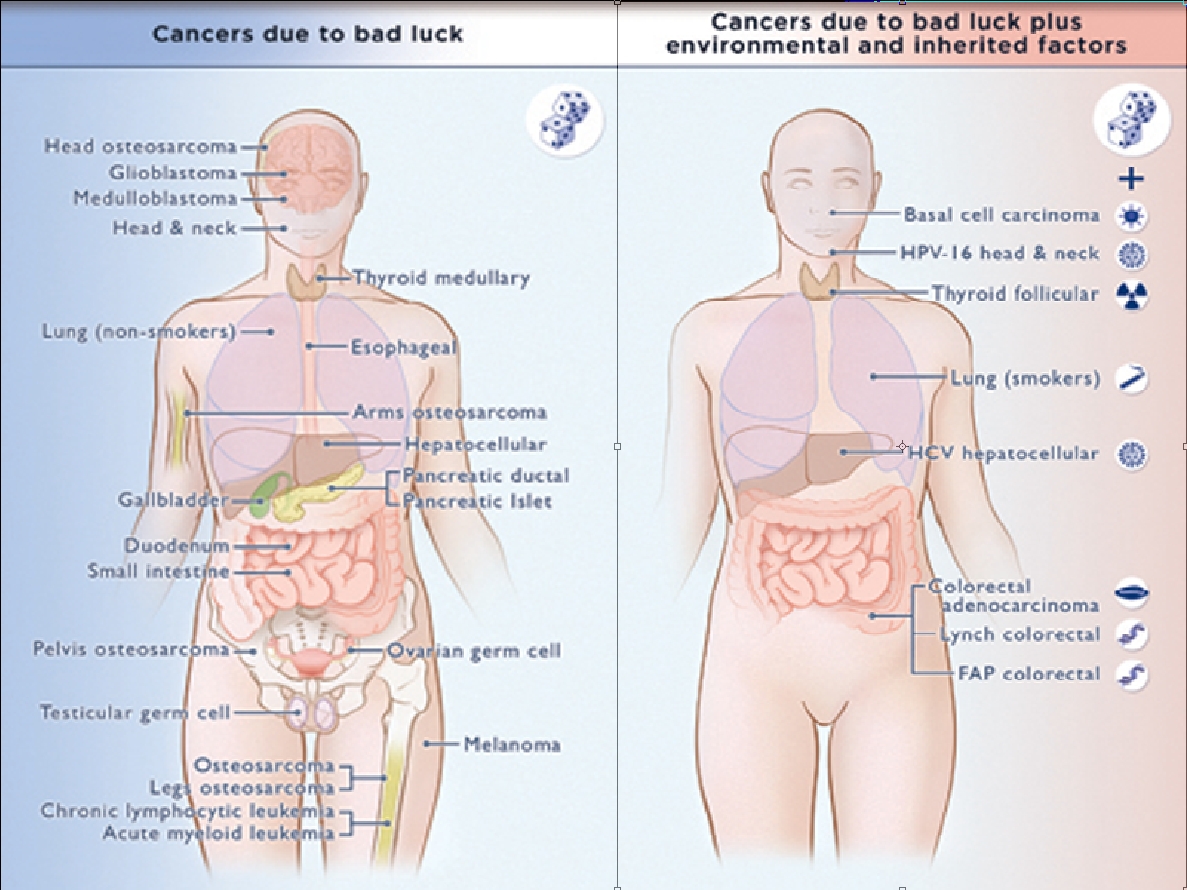BOSTON—A report from the nation's leading cancer organizations shows rates of death in the United States from all cancers for men and women continued to decline between 2000 and 2009.
The findings come from the latest Annual Report to the Nation on the Status of Cancer.
The report also finds that during the same period the overall cancer incidence rate for men decreased and remained stable for women. Among children ages 14 years or younger, the report shows cancer incidence rates increased 0.6 percent per each year from 1992 through 2009. However, considerable progress has been seen for many types of childhood cancers, resulting in overall declines in death rates for cancer among children since at least 1975.
Edward J. Benz, Jr., MD, president of Dana-Farber Cancer Institute in Boston, called the news encouraging, but says the overall number of cancer incidences and mortality rates are not falling nearly enough.
“Cancer rates are declining, continuing a trend that started some years ago. People are surviving more and we are getting better at preventing some cancers,” said Benz. “But we’re not taking advantage of all the ways to detect cancers at an early stage when they can be the most curable.”
The report is co-authored by researchers from the Centers for Disease Control and Prevention, the North American Association of Central Cancer Registries, the National Cancer Institute, and the American Cancer Society. It will be published in the Journal of the National Cancer Institute (print issue 3, volume 105) and will appear on the journal’s website on Monday, Jan. 7.
|
|
In a special feature section, the authors also showed an increase in the incidence rate of human papillomavirus (HPV)-associated cancers, including head and neck cancers. The authors highlighted the important role of vaccination in the prevention of both cervical and non-cervical HPV-associated cancers.
“We are seeing a large number of patients with HPV-associated head and neck cancer and these patients are relatively young, are typically non-smokers and quite often have children,” said Robert I. Haddad, MD, chief of Dana-Farber’s head and neck oncology program. “HPV is a cause of many cancers, so it is really important to support endeavors to vaccinate.”
Benz noted that the good news is that utilizing these prevention strategies, such as vaccinations for HPV, can have a big impact on incidence and death rates.
“Many of the things that are still a problem in these statistics can be changed,” said Benz.
Source: Dana-Farber Cancer Institute







